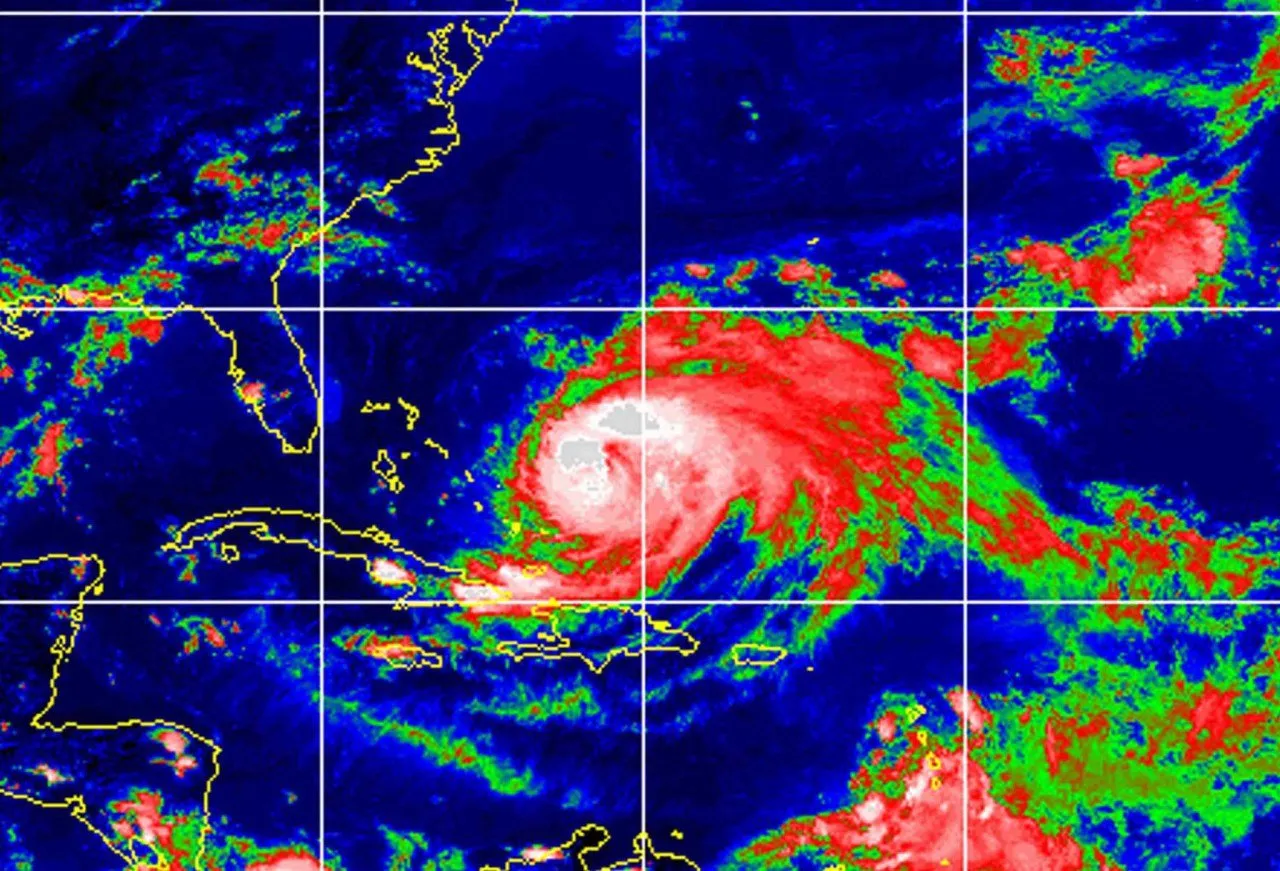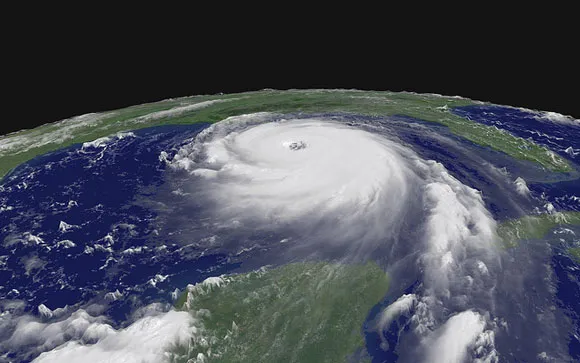
Names have been given to storms (or tropical cyclones) for at least the last 100 years. According to the World Meteorological Organization (WMO), it is easier for people to remember names than numbers and technical terms.

A list of names is established by the World Meteorological Organization. The United Nations agency maintains a list of 21 names for each of six years, which are repeated. In other words, the same list is used every seven years. So within a decade, it's possible to have two storms with the same name hit the country.

Reason to Name Hurricanes
Why feminize a weather system that carries with it the potential to wreak havoc? The maritime tradition of labeling the sea as female might have played a role. The book Storm by George R. Stewart offers another possible explanation. Written in 1941 and popular at the time, it tells the story of a tropical storm named “Maria” that made landfall on the coast of California and caused widespread devastation. It’s also possible that Army and Navy meteorologists, in a questionably affectionate gesture, may have named the deadly storms after sweethearts back home.
Female-only hurricane naming persisted until a growing number of women breaking into meteorology in the mid-1970’s shed light on the inherently sexist practice. Not only were hurricanes referred to as “she” by the media, they were also described using clichés of supposedly feminine behaviors, sometimes “teasing,” or “flirting,” with coastlines. But the push to use male names was met with outrage cloaked in the fear that male names wouldn’t inspire enough caution. A piece in The Houston Post, published on January 4, 1977, reads, “Would a hurricane with a man’s name convey the same sense of imminent danger as, say, a Hurricane Carla? Chalk it up to the feminine mystique, but it’s doubtful that a National Hurricane Center bulletin that Tropical Storm Al had formed in the Gulf or Hurricane Jake was threatening the Texas Coast would make us run for cover quite as fast.”
In 1978, the weather community agreed to include male names on the roster, citing pressure from individuals and groups like the National Organization for Women. The first male-named hurricane in the system, “Bob,” developed in July 1979 and made landfall on the Louisiana coastline. In a seething essay for the Houston Chronicle, columnist Joe Doggett wrote, “I am insulted and offended by this sell-out labeling of storms. “Bob” rather than “Barbara” or “Brenda” or “Betsy” typifies the lack of character that seems to be stifling the ’70s.” He went on to write, “Whoever insisted that a proportionate number of tropical storms must now sprout whiskers certainly couldn’t be from around here … The storm, for better or worse, is a lady. Bob, the first manchild of the National Hurricane Center, marks the first time ever that seafarers must wait to receive a gentleman caller.”
After more than 30 years with the gender-balanced hurricane naming system, a recent study found that Doggett and other skeptics might have been way off-the-mark. Data published in the Proceedings of the National Academy of Sciences in 2014 suggests that, ironically, female-named hurricanes have been subconsciously perceived as less threatening by the public, leading to less preparedness and, in turn, causing more damage. But adopting an all-male cast of storms might not be a valid way to more safely meet this year’s hurricane season. The findings have been met with skepticism, given that they include the years between 1950 and 1978, when all hurricanes were assigned female names.
Why Have Female Hurricanes Killed More People Than Male Ones?
The names on each year's list alternate between male and female: That way, you'll never have two storms of the same gender back to back. The names also tend to be concise, like Bret and Erin. Only a few have more than two or three syllables.
But why does the data suggest that hurricanes with female names are more deadly? It could be just a coincidence. Or, it could be that hurricanes were only given names in the 1950s, but that male names were not used until 1979. For nearly 30 years all hurricanes were given female names. Add the fact that back then warning systems and the science and engineering behind making buildings weather-resistant were all far less developed than they are today and it should not be any wonder that the death toll is skewed towards hurricanes with female names. Gender stereotyping is definitely a problem that must be dealt with, but it is a human problem. It is alarmingly arrogant to presume that the danger posed by hurricanes is self-inflicted. Mother nature is still in charge on that front.
